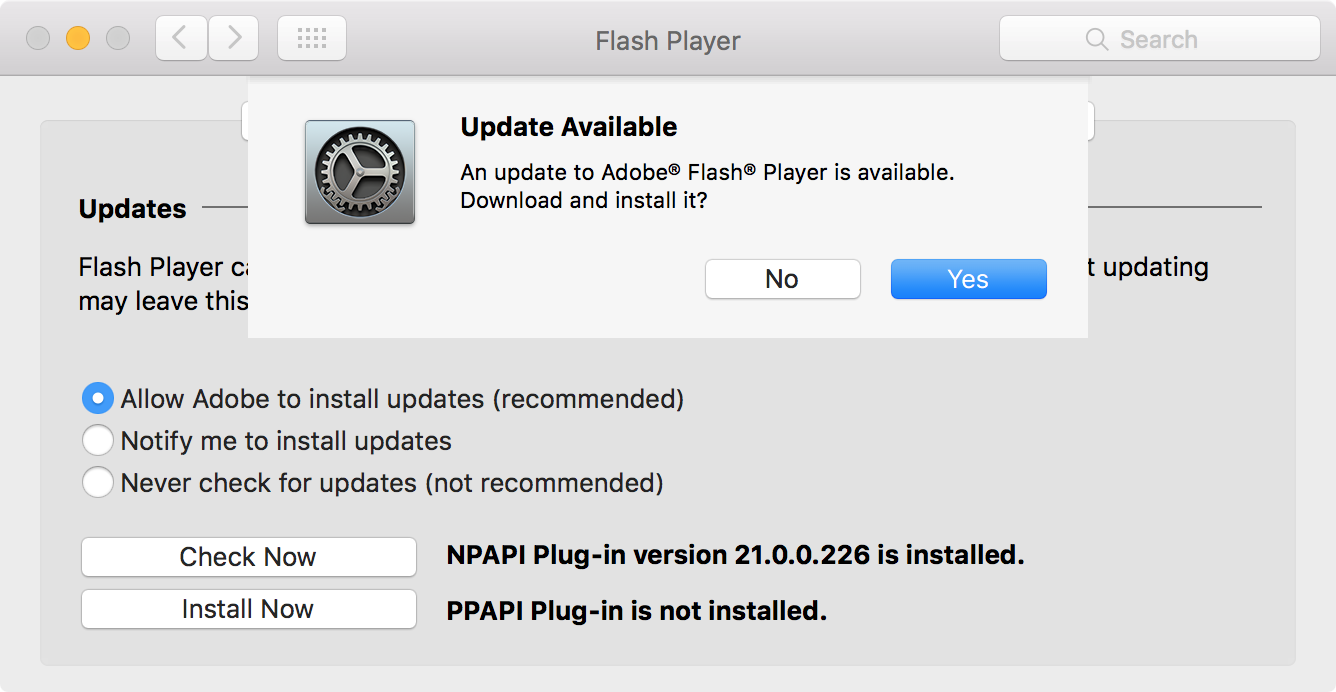Microsoft AutoUpdate makes sure your copy of Office will always be up-to-date with the latest security fixes and improvements. If you are an Office 365 subscriber, you'll also receive the newest features and tools.
If you downloaded Office from the Mac App Store, and have automatic updates turned on, your apps will update automatically. But you can also manually download the updates: Open the Mac App Store from your Dock or Finder. Click Updates on the left side menu.
Set up Microsoft AutoUpdate
Open any Office application such as Word, Excel, PowerPoint, or Outlook.
On the top menu, go to Help > Check for Updates.
Important: If you don't see Check for Updates on the Help menu, download the latest version of the Microsoft AutoUpdate tool. Run the tool and then start over at step 1. The Check for Updates option now appears on the Help menu.
Under 'How would you like updates to be installed?', select Automatically Download and Install.
Select Check for Updates.
If an update is available for your version of Office, you'll see a link to a website with more information about the update.
Update Office from the Mac App Store
If you downloaded Office from the Mac App Store, and have automatic updates turned on, your apps will update automatically. But you can also manually download the updates:
Open the Mac App Store from your Dock or Finder.
Click Updates on the left side menu.
Click Update All, or click the Update button next to the apps that you want to update.
Early access with Office Insider
You can join the Office Insider for Mac program to get early access to the newest Office innovations. To join, simply check the box Join the Office insider program to get early access to new releases. What is Office Insider?
More about Microsoft AutoUpdate
You can find Release notes for Office for Mac here. If you're looking for previous release downloads for Microsoft AutoUpdate, see Update history for Office for Mac.
Need help with Microsoft AutoUpdate?
Troubleshoot Microsoft AutoUpdate
If you're having trouble updating with Microsoft AutoUpdate, use these troubleshooting steps.
Open Safari and download the latest version of Microsoft AutoUpdate.
Open Finder. Press Command +Shift+h.
Go to Library > PrivillegedHelperTools and make sure that com.microsoft.autoupdate.helpertool exists. Run Microsoft AutoUpdate.
If the file doesn't exist, redownload Microsoft AutoUpdate using the link above.
Updated Office, but not seeing subscription features
If you previously had a one-time purchase of Office on your Mac but now are an Office 365 subscriber and aren't seeing certain subscription features, your copy of Office may still be using the license of your one-time purchase and not your subscription. See How to remove Office license files for help.
Microsoft AutoUpdate crashing
We are aware of an issue where older versions of Silverlight are causing Microsoft AutoUpdate to fail. See Microsoft AutoUpdate crashes with older versions of Silverlight for more information.
See Also
Upgrade Mac Os Manual

What's new in Office 365?
How to get updates for macOS Mojave
If you have upgraded to macOS Mojave, follow these steps to keep it up to date:
- Choose System Preferences from the Apple menu , then click Software Update to check for updates.
- If any updates are available, click the Update Now button to install them. Or click ”More info” to see details about each update and select specific updates to install.
- When Software Update says that your Mac is up to date, macOS and all of its apps are also up to date. That includes Safari, iTunes, Books, Messages, Mail, Calendar, Photos, and FaceTime.
To find updates for iMovie, Garageband, Pages, Numbers, Keynote, and other apps that were downloaded separately from the App Store, open the App Store on your Mac, then click the Updates tab.
To automatically install macOS updates in the future, including apps that were downloaded separately from the App Store, select ”Automatically keep my Mac up to date.” Your Mac will notify you when updates require it to restart, so you can always choose to install those later.
How to get updates for earlier macOS versions
If you're using an earlier macOS, such as macOS High Sierra, Sierra, El Capitan, or earlier,* follow these steps to keep it up to date:
- Open the App Store app on your Mac.
- Click Updates in the App Store toolbar.
- Use the Update buttons to download and install any updates listed.
- When the App Store shows no more updates, your version of macOS and all of its apps are up to date. That includes Safari, iTunes, iBooks, Messages, Mail, Calendar, Photos, and FaceTime. Later versions may be available by upgrading your macOS.
To automatically download updates in the future, choose Apple menu > System Preferences, click App Store, then select ”Download newly available updates in the background.” Your Mac will notify you when updates are ready to install.
* If you're using OS X Lion or Snow Leopard, get OS X updates by choosing Software Update from the Apple menu.
How to get updates for iOS
Learn how to update your iPhone, iPad, or iPod touch to the latest version of iOS.
Learn more
Mac Update System Manual Download
- You can redownload apps that you previously downloaded from the App Store.
- Learn how to upgrade to the latest version of macOS.
- Find out which macOS you're using.
- Your Mac doesn't automatically download large updates when it's using a Personal Hotspot.